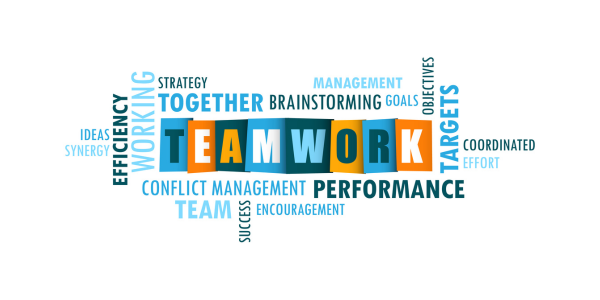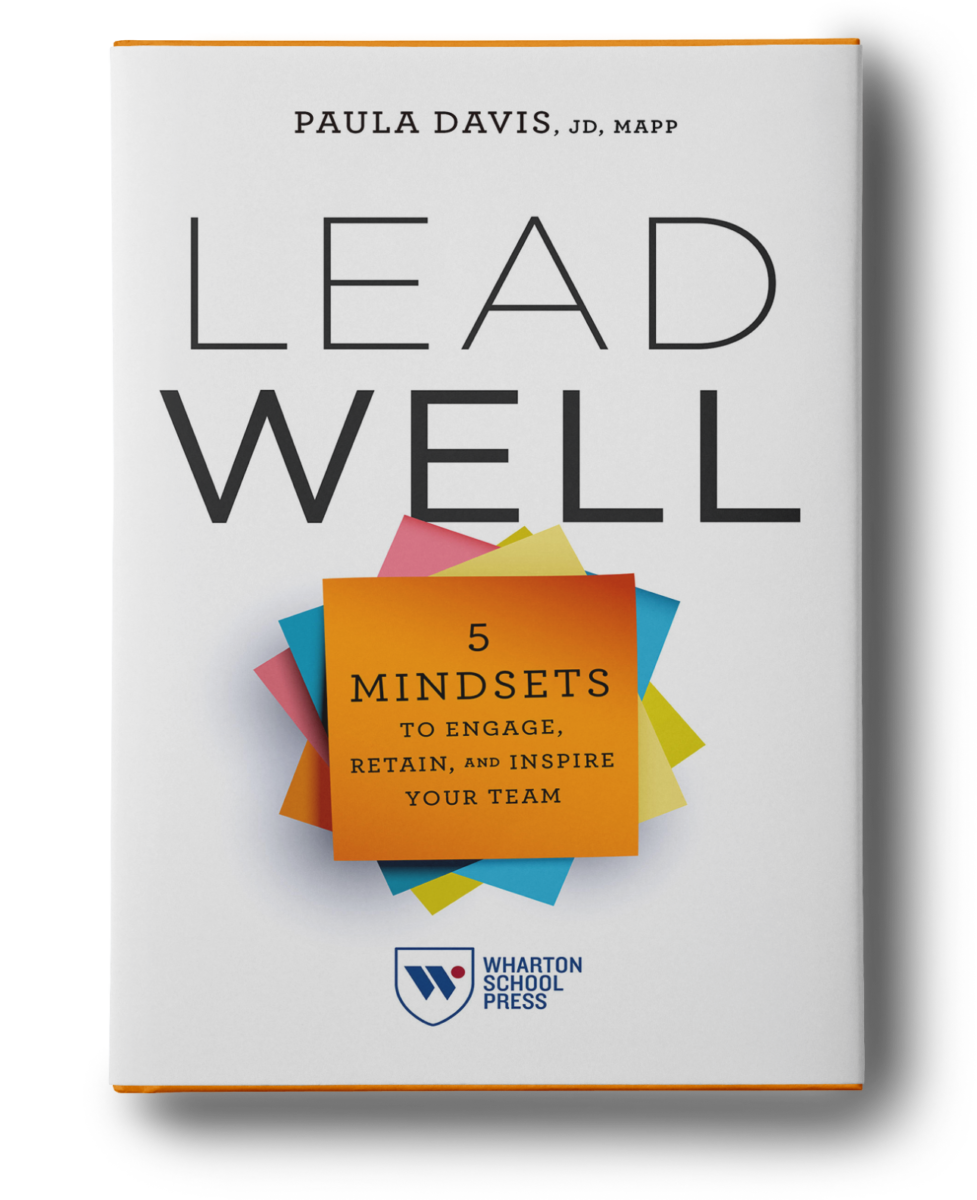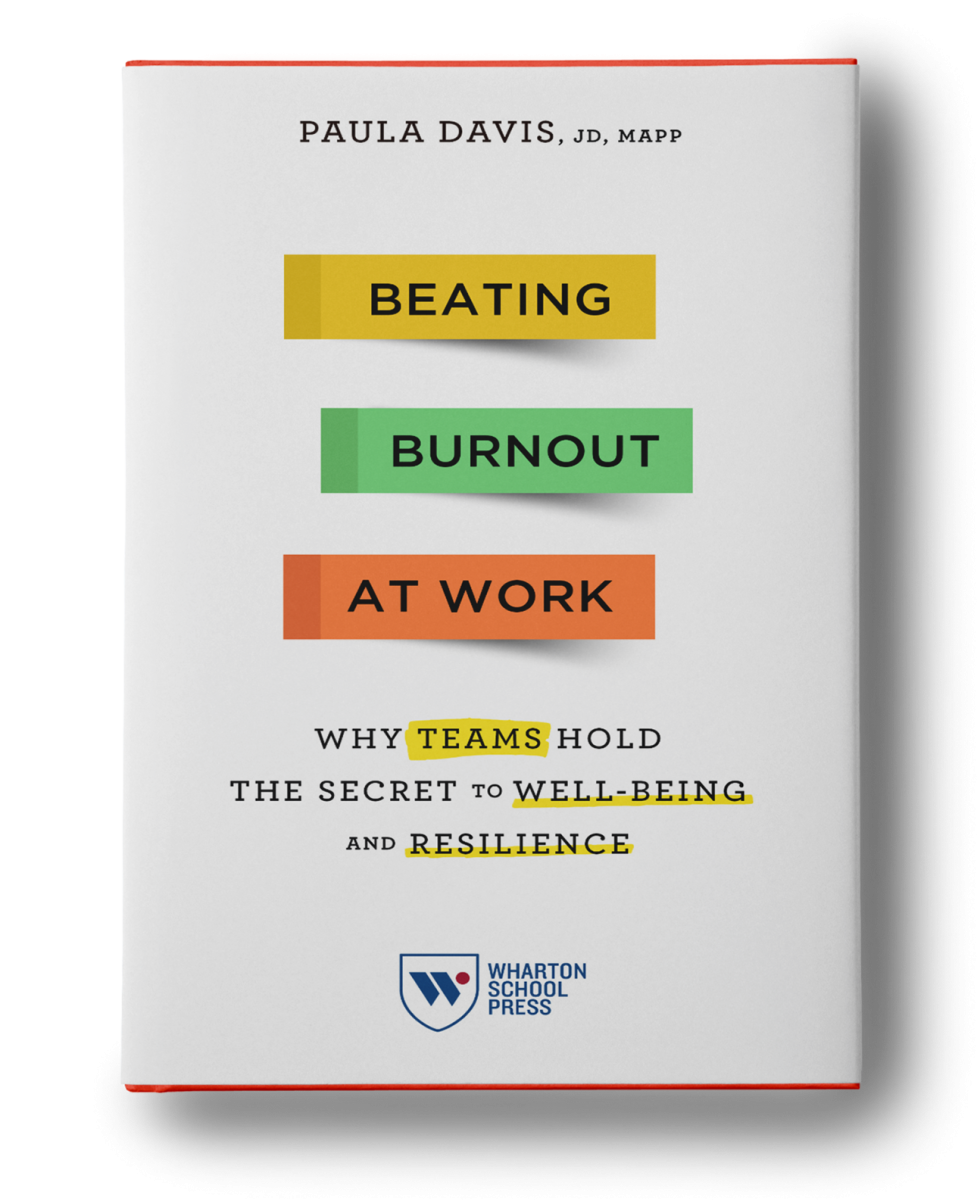Last week I spoke to a group of HR leaders at a financial services organization about practices to increase resilience among their teams. At lunch, I sat at a table with some of the participants, and they asked me about my work, specifically, my work related to burnout. They asked if I see the same trends with stress and burnout in other industries, and I replied yes. Then one of them asked, “If we’re all having the same problem, why has no one figured it out yet?”
I’ve been immersed in the science of burnout since I ended my law practice 15 years ago because of it. In that time, I’ve interviewed and coached many people about their burnout experiences, taught hundreds of workshops on the subject, and authored two books about it. My own understanding of it has also evolved, shaped by hearing so many leaders and teams talk about their struggles. There is also no shortage of good research talking about burnout, how to define it, what causes it, and frameworks to support our understanding of it.
So why haven’t we figured it out? And what do organizations, teams, and leaders need to focus on to move it the right direction? Here are the biggest mistakes I see organizations make.
MISTAKE #1: Housing burnout exclusively with your well-being & wellness offerings. Burnout is associated with the word stress, so when organizations first think about solving for burnout, they think about treating it like general stress and often park it under their well-being or wellness offerings. You can feel day-to-day stress for a variety of reasons: frustration with a co-worker, a traffic jam on your way to work, a long line in the grocery store, tight deadlines, or attitude from your teenager. Meditation apps, deep breathing exercises, exercising more, or a few more hours of sleep can help you have a better stress response to these acute types of stressors.
Burnout, on the other hand, is a distinct type of stress – one that is more chronic, is associated with work, and is made up of the following three symptoms: exhaustion, cynicism & frustration, and feeling a sense of inefficacy (lost impact). Burnout can, and often does, have mental health and well-being consequences, but those are the outcomes of a problem that starts way upstream, at the leadership and organizational level.
MISTAKE #2: Not addressing the causes of burnout. I recently spoke with a law firm partner who recalled a recent conversation with another lawyer on her team. This lawyer regularly uses her vacation time and PTO and seemed to be doing OK, until she broke down in the partner’s office just a few weeks ago. She said she’s doing the best she can, trying to keep up, but feels so burned out. A meditation app, a few days off, and some yoga aren’t going to help this lawyer. Why? Because what’s happening for her at work has become unsustainable, and there are deeper issues causing this chronic level of stress. If you could take a time machine months or even years back in time, you would probably see that one or more of these causes have played a significant role in the breakdown she’s experiencing today. I call them the Core 6:
- Unmanageable workload: you consistently have too much to do, and you feel like you’re treading water and at any moment you might sink. This is by far the biggest driver of burnout I see across industries.
- Lack of recognition: you don’t hear a lot of positive feedback, are unaware of the impact you’re making to your end user, or you feel excluded from meetings, client pitches, and visible projects when you perceive these next steps have been earned.
- Lack of community and connection: you don’t feel part of a cohesive team, you don’t have supportive colleagues, and you don’t feel like your leader has your back.
- Unfairness: you notice a culture of favoritism, there is consistent lack of transparency, and you continually have to navigate corporate politics and red tape to get simple answers.
- Values misalignment: the values you hold near about work and what’s important at work don’t match your organization’s values. Organizational values aren’t lived. This is becoming a stronger burnout driver for younger generations.
- Lack of autonomy, control, or flexibility: you want to have some control, influence, or flexibility over the type of work you have, where and when you work, and/or the decisions you make about your work.
As you can see, traditional wellness offerings aren’t the right fit to address these causes; instead, the answer starts with deploying better teaming practices, running better (or fewer) meetings, getting to the root causes of work overload & overcommitment, helping managers learn good “sticky” recognition and mattering practices, teaching leaders how to foster strong communities, particularly among distributed teams, having more and better ways to communicate about these challenges, and onboarding people in a way that amplifies organizational values. There are simple practices (I call them TNTs or tiny noticeable things) leaders and organizations can use to help, but they are leadership and teams practices that need to be learned and implemented. Preventing burnout is a leadership & culture issue first, and a well-being issue second, and it starts team by team with the Core 6.
MISTAKE #3: No strategy associated with it. If I asked you whether your organization has specific goals, metrics, and a strategy associated with your financial performance, general operations, or technology, I bet you would say yes. And, I would also bet that if I asked you whether your organization has specific goals, metrics, and a strategy associated with reducing burnout, you would likely say no. Why? Mistake #1 above usually pulls organizations in the wrong direction right out of the gate. In addition, I suspect a lot of organizations just don’t know where to start and adding a benefit or a short workshop becomes the path of least resistance (it’s far easier to offer a 60-minute introductory workshop than it is to dig into the complexities and causes of work overload).
I have worked with the U.S. Army to help scale resilience and stress programs among their leadership ranks, and in my work with many organizations seeking to take the next step in the burnout conversation, here’s what works:
- Shared accountability among organizational leaders who prioritize it. They see burnout prevention as an organizational issue first.
- Tackling burnout with a combination of methods. Teams offer specific training and coaching that remains ongoing in very strategic ways, starting with educating leaders about the causes of burnout and good TNTs to begin to deploy.
- Measuring it. There are great empirically validated measurement tools that can help leaders better understand both rates of burnout (which likely differ from team to team) and the causes (which also likely differ from team to team). This allows for a more strategic and targeted approach aimed at specific causes.
- Creating teams, focus groups, or committees that include people at all levels to brainstorm and implement meaningful first steps and oversee progress.
What’s still missing, though, is a specific person, who has a high enough title and a seat at the table who can ask the right questions when strategic organizational decisions are being made. For example, when your senior leaders are considering a return to office mandate, who is advising about the autonomy stress that will be created for a significant portion of your workforce? Or, when you’re considering a merger or onboarding a large new client, who is tasked with investigating how workload might need to be reshuffled, or which teams might need to be reconfigured to maintain sustainable capacity?
I want to make clear that I’m not suggesting that you eliminate your wellness offerings. This is a both/and conversation. At the end of my burnout, I got panic attacks every day and was in the emergency room twice because I had such bad stomach aches from the stress I experienced. I could have used some therapy (an important workplace benefit) to talk about the anxiety I was feeling, which would have led to a deeper examination of my own perfectionistic, achieve-aholic tendencies. But what I also really needed was a sustainable workload and a compassionate and cohesive team. The solution to burnout lies within your workplace systems and design and requires real solutions and meaningful strategies that lead to actual sustained performance.
For more information and support visit our On-Demand Resource Center.







